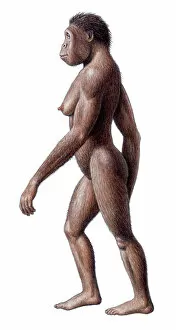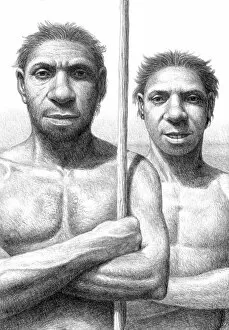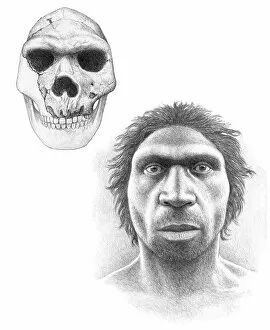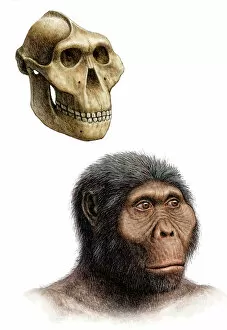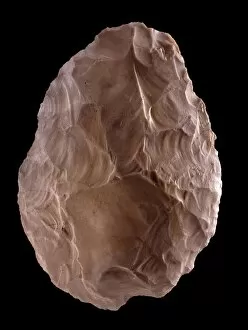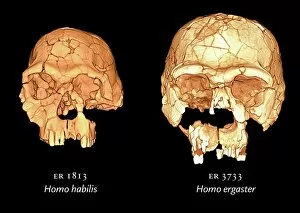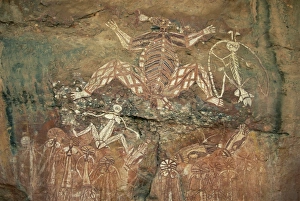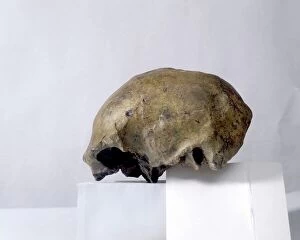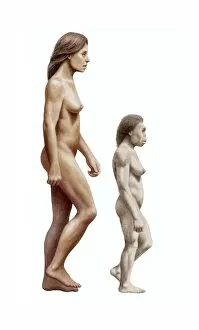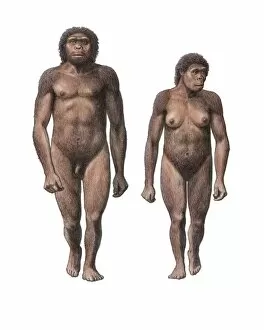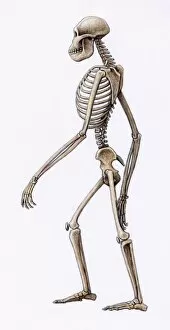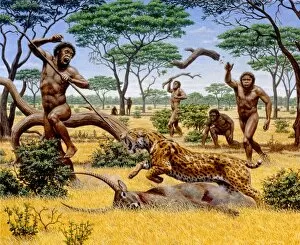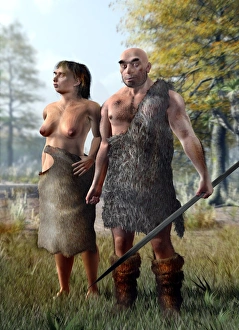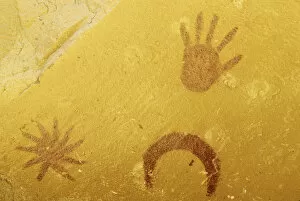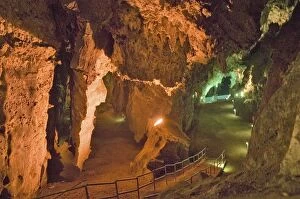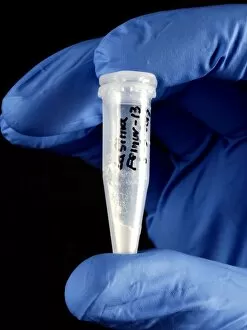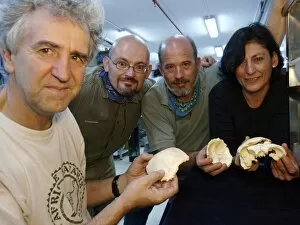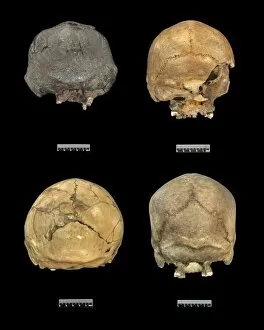Early Man Collection
"Unveiling the Enigmatic Early Man: A Journey through Time" Step back in time and explore the fascinating world of early man
All Professionally Made to Order for Quick Shipping
"Unveiling the Enigmatic Early Man: A Journey through Time" Step back in time and explore the fascinating world of early man, a diverse group of hominids that roamed the Earth millions of years ago. From the Female Australopithecus africanus to Homo heidelbergensis, each species played a crucial role in shaping human evolution. Imagine encountering a Female Australopithecus africanus, with her small brain and robust build, as she forages for food amidst an ancient landscape. Or witness the strength and resilience of Homo heidelbergensis, their skull and face revealing remarkable similarities to modern humans. Marvel at the powerful jaws of Australopithecus boisei, known as "Nutcracker Man, " who relied on his massive teeth to consume tough plant matter. Meanwhile, observe the intelligence displayed by a Female Homo habilis as she crafts tools from flint using her dexterous hands. Through 3D computer images depicting hominid skulls, we can gain insight into their physical characteristics and speculate about their way of life. The Neanderthal landscape comes alive through captivating artwork showcasing Namondjok at its center – infamous for consuming his own clan sister – while Namarrgon stands tall as Lightning Man on his right. Delve deeper into our ancestral lineage with glimpses at Homo sp. Skulls C016 / 5933 and marvel at the intricacies of a Homo erectus cranium C013 / 6552. And let us not forget about Homo floresiensis - nicknamed "Hobbits" due to their diminutive stature - who inhabited Flores Island thousands of years ago. As we unravel these mysteries from our past, we are reminded that early man's existence paved the way for humanity's triumphs today. Their ingenuity in crafting tools like flint hand-axes (such as C013 / 6640) showcases their resourcefulness even in the face of adversity.

